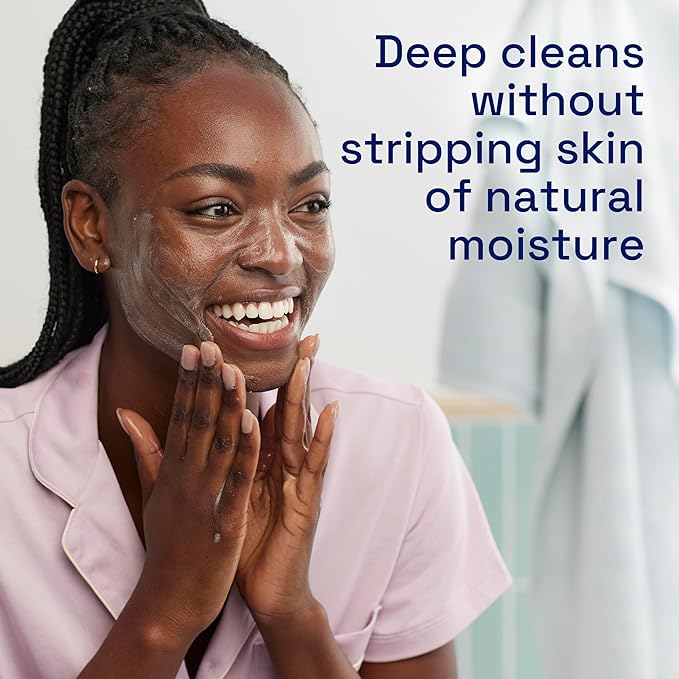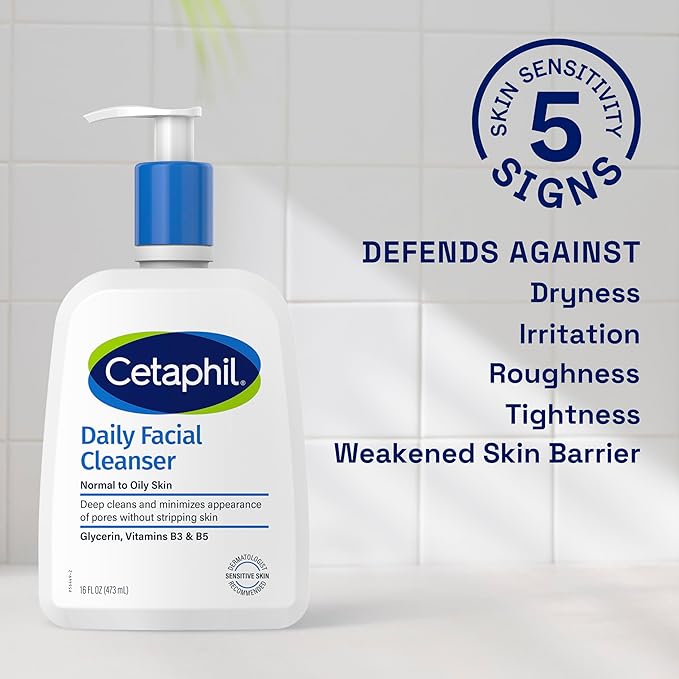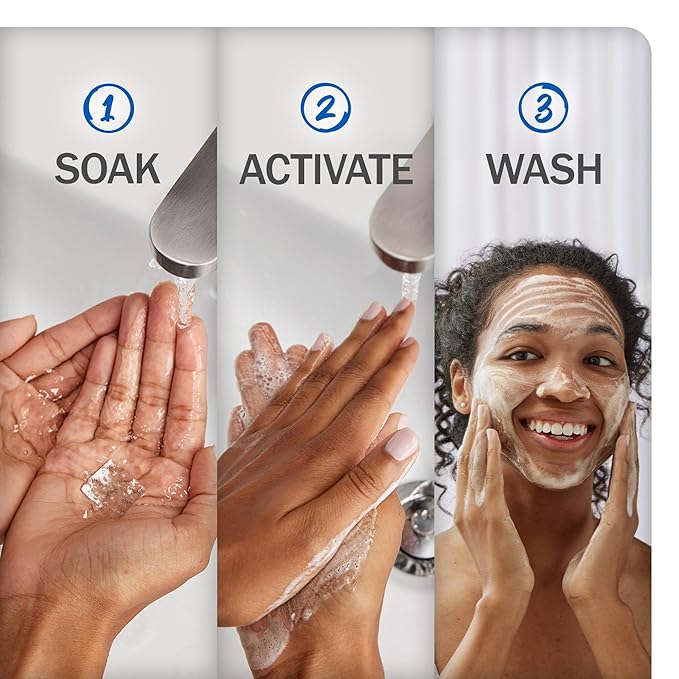Introduction
In today’s world, beauty and skincare have transcended beyond mere vanity; they are integral parts of self-care and wellness. Beauty and Skincare Products The market for beauty and skincare products is vast and constantly evolving, with innovations and trends emerging regularly. This comprehensive guide aims to provide a deep dive into the multifaceted world of beauty and skincare products, offering valuable insights into effective routines, product types, ingredient analysis, and emerging trends.

1. Understanding Skincare Basics
1.1. The Skin Structure
To effectively care for your skin, it’s essential to understand its structure and function. The skin is the largest organ in the body, comprising three main layers:
- Epidermis: The outermost layer, which acts as a barrier to environmental elements and pathogens. It contains various cells including keratinocytes, melanocytes, and Langerhans cells.
- Dermis: Located beneath the epidermis, the dermis houses blood vessels, nerves, hair follicles, and connective tissue. It provides elasticity and strength to the skin.
- Hypodermis: Also known as subcutaneous tissue, this layer consists of fat and connective tissue, serving as a cushion to protect underlying muscles and bones.
1.2. Skin Types and Concerns
Understanding your skin type and concerns is crucial for selecting the right products. Here’s a brief overview:

- Oily Skin: Characterized by excess sebum production, leading to a shiny appearance and potential for acne.
- Dry Skin: Often feels tight and may have flaky patches. It lacks sufficient moisture and natural oils.
- Combination Skin: Features characteristics of both oily and dry skin, with oily areas typically in the T-zone (forehead, nose, chin) and dry patches elsewhere.
- Sensitive Skin: Prone to redness, irritation, and reactions to various products or environmental factors.
- Normal Skin: Balanced in terms of oil production and moisture, with minimal issues.
Common skin concerns include acne, aging signs like wrinkles and fine lines, pigmentation issues such as dark spots and hyperpigmentation, and conditions like rosacea.
2. Essential Skincare Routine
An effective skincare routine consists of several key steps, each serving a specific purpose to maintain and enhance skin health.
2.1. Cleansing
Cleansing is the foundational step in any skincare routine. It removes dirt, makeup, and impurities from the skin’s surface. There are various types of cleansers:
- Foaming Cleansers: Create a rich lather and are ideal for oily and combination skin. They help remove excess sebum and impurities.

- Gel Cleansers: Often formulated for oily and acne-prone skin, providing a deep cleanse without over-drying.
- Cream Cleansers: Suitable for dry or sensitive skin, offering hydration while cleansing.
- Micellar Water: A gentle option that uses micelles to attract and lift away dirt and oil. Ideal for sensitive skin or as a first step in double cleansing.
2.2. Exfoliation
Exfoliation removes dead skin cells from the surface, promoting cell turnover and a smoother complexion. There are two main types:
- Physical Exfoliants: Contain granular particles or brushes that physically scrub away dead skin cells. Use with caution to avoid irritation.
- Chemical Exfoliants: Use acids like alpha-hydroxy acids (AHAs) or beta-hydroxy acids (BHAs) to dissolve dead skin cells and improve skin texture. Common examples include glycolic acid (AHA) and salicylic acid (BHA).
2.3. Toning
Toners help balance the skin’s pH levels, tighten pores, and prepare the skin for subsequent treatments. They come in various formulations:
- Hydrating Toners: Contain ingredients like hyaluronic acid and glycerin to boost moisture.
- Astringent Toners: Often contain alcohol or witch hazel to help control oil and tighten pores.
- Exfoliating Toners: Include exfoliating acids to remove dead skin cells and enhance skin texture.
2.4. Moisturizing
Moisturizers are crucial for maintaining skin hydration and creating a barrier to prevent water loss. Different types include:

- Gel-Based Moisturizers: Light and non-greasy, ideal for oily and combination skin types.
- Cream-Based Moisturizers: Rich and emollient, suitable for dry skin.
- Oil-Based Moisturizers: Provide extra hydration and are beneficial for very dry or mature skin.
2.5. Sun Protection
Sunscreen is vital for protecting the skin from harmful UV rays, which can cause premature aging and increase the risk of skin cancer. Sunscreens are categorized into:
- Chemical Sunscreens: Absorb UV rays and convert them into heat, which is then released from the skin. Examples include avobenzone and octocrylene.
- Physical (Mineral) Sunscreens: Contain minerals like zinc oxide and titanium dioxide that sit on the skin’s surface and reflect UV rays. Ideal for sensitive skin.
3. Targeted Skincare Treatments
3.1. Serums and Boosters
Serums are concentrated treatments that address specific skin concerns. They contain active ingredients designed to penetrate deeply and deliver targeted results. Common serums include:
- Vitamin C Serums: Known for their brightening and anti-aging properties. They help reduce dark spots and improve skin radiance.
- Hyaluronic Acid Serums: Excellent for hydration, as they attract and retain moisture in the skin.
- Niacinamide Serums: Help improve skin texture, reduce redness, and regulate oil production.
3.2. Face Masks
Face masks offer intensive treatment for various skin concerns. Types include:
- Sheet Masks: Pre-soaked in a serum or essence, they deliver nutrients to the skin and are convenient for quick treatments.

- Clay Masks: Absorb excess oil and impurities, making them ideal for oily and acne-prone skin.
- Overnight Masks: Provide deep hydration and repair while you sleep, often richer in texture.
3.3. Eye Care
The delicate skin around the eyes requires specialized care. Common eye care products include:
- Eye Creams: Target issues like dark circles, puffiness, and fine lines. Look for ingredients like caffeine and peptides.
- Eye Serums: Often lighter than creams and may contain higher concentrations of active ingredients.
3.4. Anti-Aging Treatments
Anti-aging products help address signs of aging such as wrinkles and loss of elasticity. Key ingredients include:
- Retinoids: Promote cel
- l turnover and collagen production, reducing the appearance of fine lines and wrinkles.
- Peptides: Support skin repair and strengthen the skin barrier.
- Antioxidants: Protect the skin from oxidative stress and free radical damage. Examples include vitamin E and green tea extract.
4. Beauty Products: From Basics to Glam
4.1. Foundations and Concealers
Foundation provides a base for makeup and helps even out the skin tone. Types include:
- Liquid Foundations: Versatile and available in various finishes (matte, dewy).
- Powder Foundations: Ideal for oily skin and for a quick application.
- Stick Foundations: Provide full coverage and are convenient for travel.
Concealers are used to cover blemishes, dark circles, and other imperfections. Look for formulations that offer good coverage and blendability.
4.2. Eyebrows and Eyelashes
Well-groomed eyebrows and defined eyelashes enhance facial features. Products include:
- Eyebrow Pencils: Allow for precise application and filling in sparse areas.
- Eyebrow Gels: Help set and shape brows in place.
- Mascara: Enhances the length and volume of eyelashes. Options include volumizing, lengthening, and curling formulas.
4.3. Lip Care and Color
Lip products range from basic care to vibrant color. Essentials include:

- Lip Balms: Hydrate and protect the lips from dryness.
- Lipsticks: Available in various finishes (matte, glossy) and formulations.
- Lip Liners: Define the lips and prevent color bleeding.
4.4. Blushes and Bronzers
Blush adds a healthy flush to the cheeks, while bronzer provides a sun-kissed glow. Types include:
- Powder Blushes: Easy to apply and blend.
- Cream Blushes: Offer a dewy finish and blend seamlessly.
- Bronzers: Can be matte or shimmery, and are applied to the high points of the face to enhance natural contours.
5. Ingredient Spotlights
5.1. Natural Ingredients
Natural ingredients are often used in skincare for their beneficial properties. Popular options include:
- Aloe Vera: Known for its soothing and hydrating properties.
- Green Tea: Contains antioxidants that protect against environmental damage.
- Rosehip Oil: Rich in vitamins A and C, it helps improve skin texture and reduce scars.
5.2. Synthetic Ingredients
Synthetic ingredients are engineered to achieve specific effects. Common examples include:
- Silicones: Provide a smooth texture and help with the application of products. Examples include dimethicone and cyclopentasiloxane.
- **
- Parabens: Preservatives used to prevent bacterial growth in products. While effective, they have been controversial due to potential links to hormone disruption. Many brands now offer paraben-free alternatives.
5.3. Controversial Ingredients
Certain ingredients have raised concerns within the beauty industry. It’s important to understand why these are controversial and how to choose safer options:
- Sulfates: Common in shampoos and cleansers for their foaming properties. Sulfates can strip natural oils from the skin and hair, potentially causing dryness or irritation. Look for sulfate-free formulations if you have sensitive skin.
- Phthalates: Used to make products more flexible and durable. Some studies suggest potential links to endocrine disruption, leading many brands to avoid these chemicals.
6. Choosing the Right Products
6.1. Understanding Labels
Navigating product labels can be challenging, but it’s crucial for making informed choices. Here’s how to decode them:
- Ingredient List: Ingredients are listed in descending order of concentration. Key active ingredients are usually listed towards the top.
- Claims and Certifications: Look for certifications like “Dermatologist Tested,” “Non-Comedogenic,” or “Hypoallergenic” to match your skin’s needs.
6.2. Personalized Skincare
Customized skincare is increasingly popular, providing products tailored to individual needs. Options include:
- Skin Consultations: Professional consultations can help determine your skin type and specific concerns, leading to a more tailored routine.
- Customizable Products: Some brands offer products that can be personalized with specific active ingredients based on your skin’s needs.
6.3. Budget vs. Luxury
Balancing budget and luxury in skincare can be tricky. Here’s a comparison:
- Drugstore Products: Affordable and often effective. Many drugstore brands offer high-quality products with scientifically-backed ingredients.
- High-End Products: Typically more expensive and may feature advanced formulations or exclusive ingredients. Sometimes, the price reflects brand prestige and packaging rather than efficacy.
7. Trends in Beauty and Skincare
7.1. Emerging Ingredients
The beauty industry is always evolving, with new ingredients gaining popularity. Notable examples include:
- CBD: Cannabidiol is praised for its anti-inflammatory properties and potential benefits for calming and soothing the skin.
- Probiotics: Beneficial bacteria that can help balance the skin’s microbiome, enhancing its natural defenses and overall health.
7.2. Sustainable Beauty
Sustainability is a growing trend, with a focus on eco-friendly practices:
- Eco-Friendly Packaging: Brands are adopting recyclable, biodegradable, or reusable packaging to minimize environmental impact.
- Ethical Sourcing: Companies are prioritizing ingredients that are sustainably sourced and supporting fair trade practices.
7.3. Technology and Innovation
Technology continues to transform the beauty industry:
- Beauty Devices: Tools like facial cleansing brushes, LED masks, and microcurrent devices enhance skincare routines with technological advancements.
- AI and Personalization: Artificial intelligence is being used to analyze skin conditions and recommend products tailored to individual needs.
8. DIY Beauty and Skincare
8.1. Homemade Masks and Scrubs
DIY skincare can be both fun and effective. Here are a few recipes:
- Honey and Oatmeal Mask: Mix honey with oatmeal for a soothing, hydrating mask that calms irritated skin.
- Coffee Scrub: Combine coffee grounds with coconut oil for an exfoliating scrub that improves circulation and removes dead skin cells.
8.2. Natural Remedies
Natural remedies can complement your skincare routine:
- Green Tea Toner: Brew green tea and use it as a toner for its antioxidant benefits.

- Aloe Vera Gel: Apply fresh aloe vera gel to soothe sunburn or minor skin irritations.
9. Reviews and Recommendations
9.1. Top Skincare Products
Based on various criteria including effectiveness, ingredients, and customer reviews, here are some top picks:
- Cetaphil Daily Facial Cleanser: Gentle and effective for all skin types.
- The Ordinary Niacinamide 10% + Zinc 1%: Known for reducing blemishes and balancing sebum production.
9.2. Top Beauty Products
Some highly recommended beauty products include:

- Estée Lauder Double Wear Foundation: Provides long-lasting coverage and a natural finish.
- Benefit Cosmetics Gimme Brow+ Volumizing Eyebrow Gel: Adds volume and definition to eyebrows with ease.
10. Conclusion
Summary of Key Points
This guide has explored the multifaceted world of beauty and skincare products, from the basics of skincare routines to the latest trends and innovations. Key takeaways include understanding your skin type, selecting the right products, and staying informed about new ingredients and technologies.
Final Tips

- Consistency is Key: Maintaining a regular skincare routine is crucial for achieving and maintaining healthy skin.
- Stay Informed: The beauty industry is constantly evolving. Keep up with the latest trends and products to make informed choices.